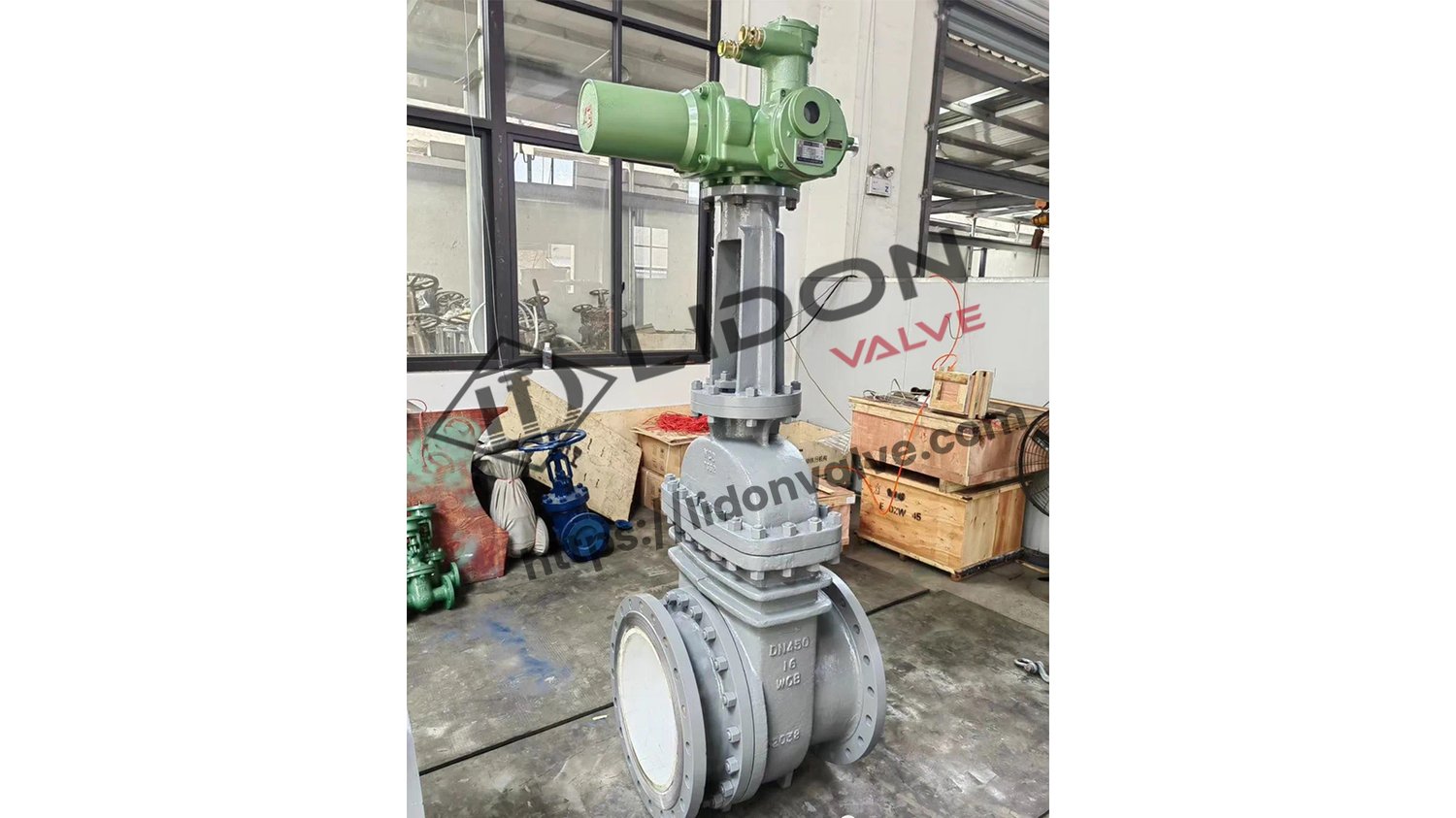The Basics of Check Valves and Non-Return Valves
A check valve and a non-return valve are two terms often used interchangeably in the plumbing and fluid control industry. While they serve a similar purpose, there are subtle differences between the two. In this article, we will delve into the nuances of these valves and help you understand their distinctions.
Understanding Check Valves
A check valve, also known as a one-way valve or a clack valve, is a type of valve that allows fluid to flow in only one direction. It prevents backflow, which can be detrimental in certain systems. Check valves are commonly used in plumbing, wastewater management, irrigation systems, and industrial applications.
The Functionality of Non-Return Valves
Similar to check valves, non-return valves are designed to allow fluid flow in one direction only. These valves are often used to prevent backflow and maintain the integrity of a system. Non-return valves are widely used in industries such as oil and gas, chemical processing, and water treatment.
Construction and Design
Check valves come in various designs, including swing check valves, lift check valves, and ball check valves. Swing check valves feature a disc that swings open when fluid flows in the desired direction and closes to prevent backflow. Lift check valves use a piston-like disc that moves vertically in response to fluid flow. Ball check valves use a spherical ball that rolls to allow fluid flow and seals to prevent backflow.
Non-return valves, on the other hand, come in designs such as axial flow check valves, dual plate check valves, and wafer check valves. Axial flow check valves use a streamlined disc that moves axially to allow or block fluid flow. Dual plate check valves employ two plates that hinge together to control the flow direction. Wafer check valves are thin, lightweight valves that are sandwiched between pipe flanges.
Applications and Use Cases
Check valves find applications in various industries and systems. They are commonly used in plumbing systems to prevent backflow of water, ensuring a continuous flow in the desired direction. Check valves are also crucial in irrigation systems to prevent damage to pumps and pipes caused by water hammer. In industrial settings, check valves prevent the reversal of flow in pipelines, protecting sensitive equipment.
Non-return valves are extensively used in industries where preventing backflow is critical. Oil and gas pipelines rely on non-return valves to maintain the flow of crude oil or gas in the desired direction. Non-return valves are also essential in chemical processing plants to prevent the mixing of incompatible fluids. Water treatment plants utilize non-return valves to maintain the integrity of filtration systems.
Performance Considerations
When comparing check valves and non-return valves, it is important to consider their performance characteristics. Check valves tend to have a lower pressure drop, meaning they allow for higher flow rates. However, non-return valves often provide better sealing properties and are more effective in preventing backflow. The choice between the two depends on the specific requirements of the system and the desired performance outcomes.
Maintenance and Repair
Both check valves and non-return valves require periodic maintenance to ensure optimal performance. Check valves may need occasional cleaning to remove any debris or sediment that could hinder their operation. Non-return valves might require more frequent inspections to check for wear and tear on the sealing components. It is crucial to follow manufacturer guidelines and recommendations for maintenance and repair.
Cost Considerations
Cost can be a significant factor when choosing between check valves and non-return valves. Generally, check valves are more cost-effective compared to non-return valves. However, the specific design and material used in the valves can also affect their costs. It is essential to evaluate both the initial investment and the long-term operational costs when making a decision.
Selecting the Right Valve for Your Application
Choosing the right valve for your application depends on several factors. Consider the flow rate, pressure, temperature, and fluid characteristics when making a selection. Additionally, evaluate the space constraints and installation requirements to ensure compatibility. Consulting with a professional in the field can help you make an informed decision.
Conclusion
While the terms check valve and non-return valve are often used interchangeably, there are distinctions between the two. Check valves and non-return valves serve the vital purpose of preventing backflow, but their construction, design, and applications can vary. Understanding these differences will help you make an informed decision when selecting the appropriate valve for your specific needs.

